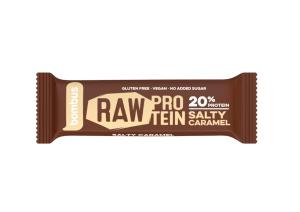Caramel
Other names: Caramel, E150, Sugar couverture
Harm score: 1 (Natural substances)
Caramel is a popular delicious sweet treat that many of us associate with a childhood favourite. But beyond that, the term also refers to a food colouring that is obtained by caramelising carbohydrates - especially sucrose, glucose, fructose or starch. It enters the food industry under the designation E150. In addition, we also often see names such as sugar couverture or caramel colour.
Sugar couverture or caramel is used for colouring or flavouring foods and beverages where it is intended to achieve a specific colour or flavour, for example in cola drinks, whisky, rum, brandy, but also in baked goods or confectionery. E150 colouring is produced in four different types, which differ in the way they are produced and also in the resulting properties. These variants are also found in other products such as sauces, soups, ice creams, puddings and even cosmetic products. Although it is a natural dye, it has been found that some types of this dye can cause adverse health effects if consumed excessively. Therefore, its use is restricted in some markets.
Caramel can be found in the following products
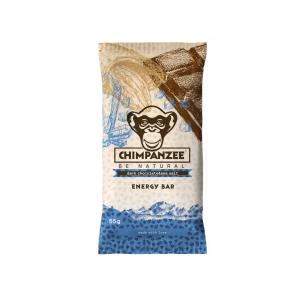
Energy Bar - Dark Chocolate & Sea Sald
Product detail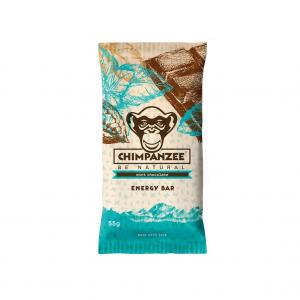
Energy Bar - Mint Chocolate 55 g
Product detail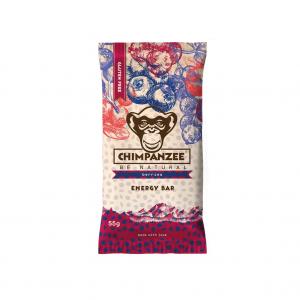
Energy Bar - Berries
Product detail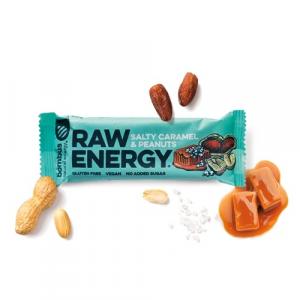
Raw energy salty caramel & peanuts 50g
Product detail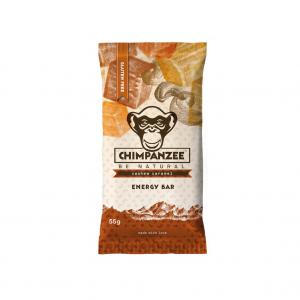
Energy Bar - Cashew Caramel 55g
Product detail